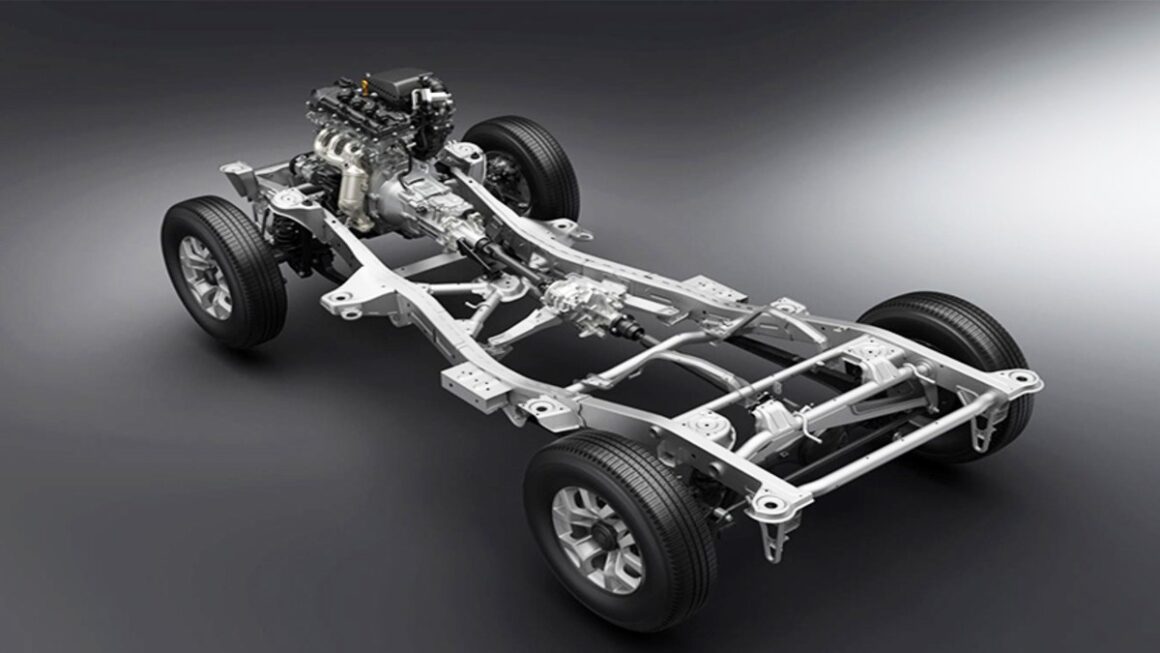Automotive vehicle Chassis Structure
Vehicle chassis, also known as a "frame structure," is the backbone of all vehicles, serving to carry the vehicle's weight and provide a foundation for the rest of the vehicle
A car chassis is the car’s backbone, the load-bearing component of the car frame, and the point of attachment to other car components, including the frame, suspension, exhaust manifold, steering, wheels, etc. The vehicle’s chassis also serves as the base, providing support and stability to the body, engine, transmission, and other integral components. It helps ensure that various car parts integrate seamlessly, enabling easy movement, turning, and efficient and safe stopping. The chassis of a car helps spread the car’s weight evenly between the front and rear axles, ensuring balance and handling when driving. It ensures that the vehicle’s weight spreads across all the wheels, providing stability. An automotive car chassis also helps absorb and distribute crash energy in a collision or an accident. The chassis absorbs energy through crumple zones and deformation. It then distributes it across the car structure and reduces the effects of the impact forces, causing less risk of damage to the vehicle and its occupants.

